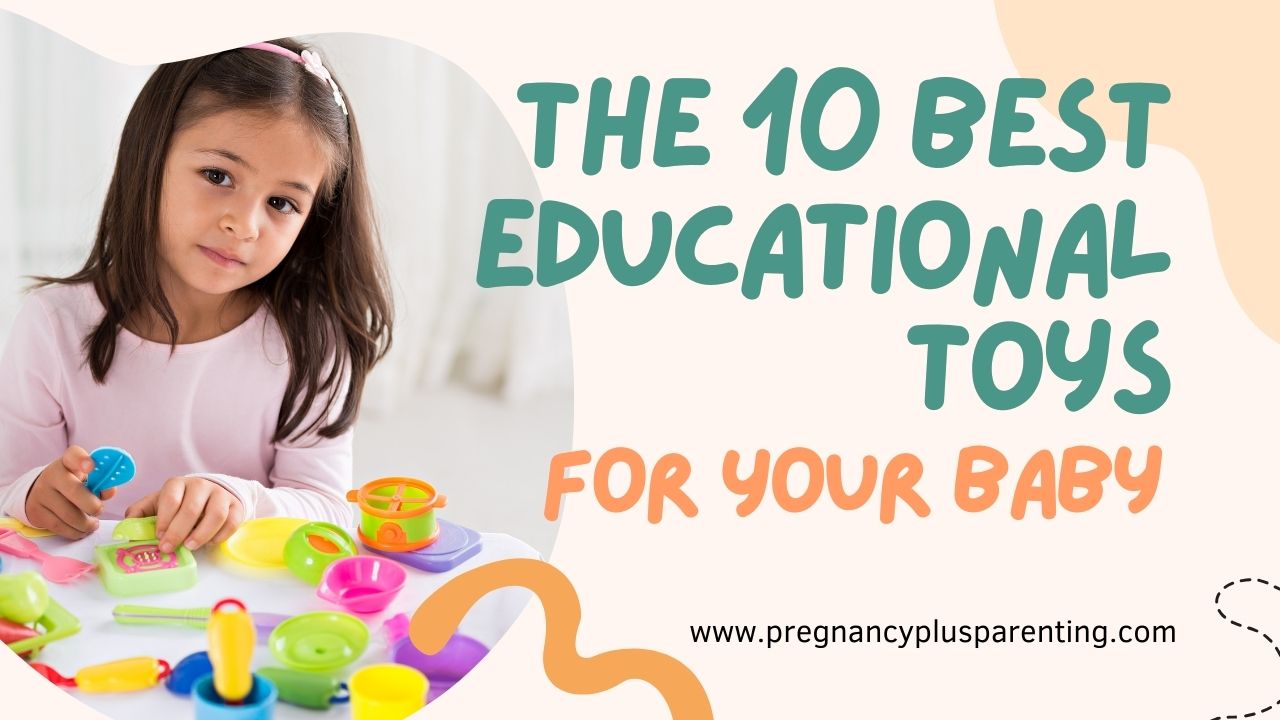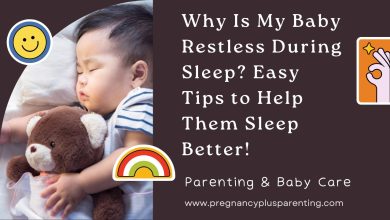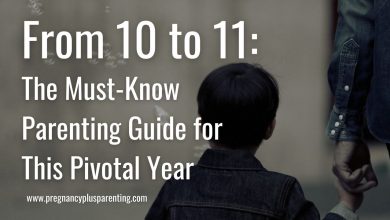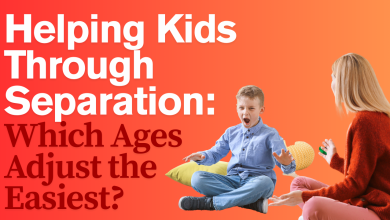The 10 Best Educational Toys for Your Baby: A Guide
A baby’s first year is a time of intense development. Did you know that the right toy at the right time can help promote this development?
In this guide, we present the 10 best educational toys that can help your baby develop their motor, cognitive, and social skills.
Why are educational toys important?
Toys are more than just entertainment. They are tools that help babies explore and understand the world.
Educational toys promote babies’ physical, cognitive, emotional, and social development. They help them develop fine motor skills, understand cause and effect, foster spatial reasoning, and learn social interactions. They can also help build your baby’s self-confidence and stimulate their curiosity.
It’s important to choose toys that are age-appropriate. The right toy at the right time can make a big difference in your child’s development.
The 10 best educational toys for babies
When choosing educational toys, it’s important to consider the child’s age and developmental stage. Here are 10 toy ideas that can help develop various skills:
1. Grasping toys
Grasping toys are ideal first toys for your baby. They’re easy to grasp, promoting fine motor skills and hand-eye coordination. Different colors and textures also stimulate your baby’s sensory perception and curiosity.
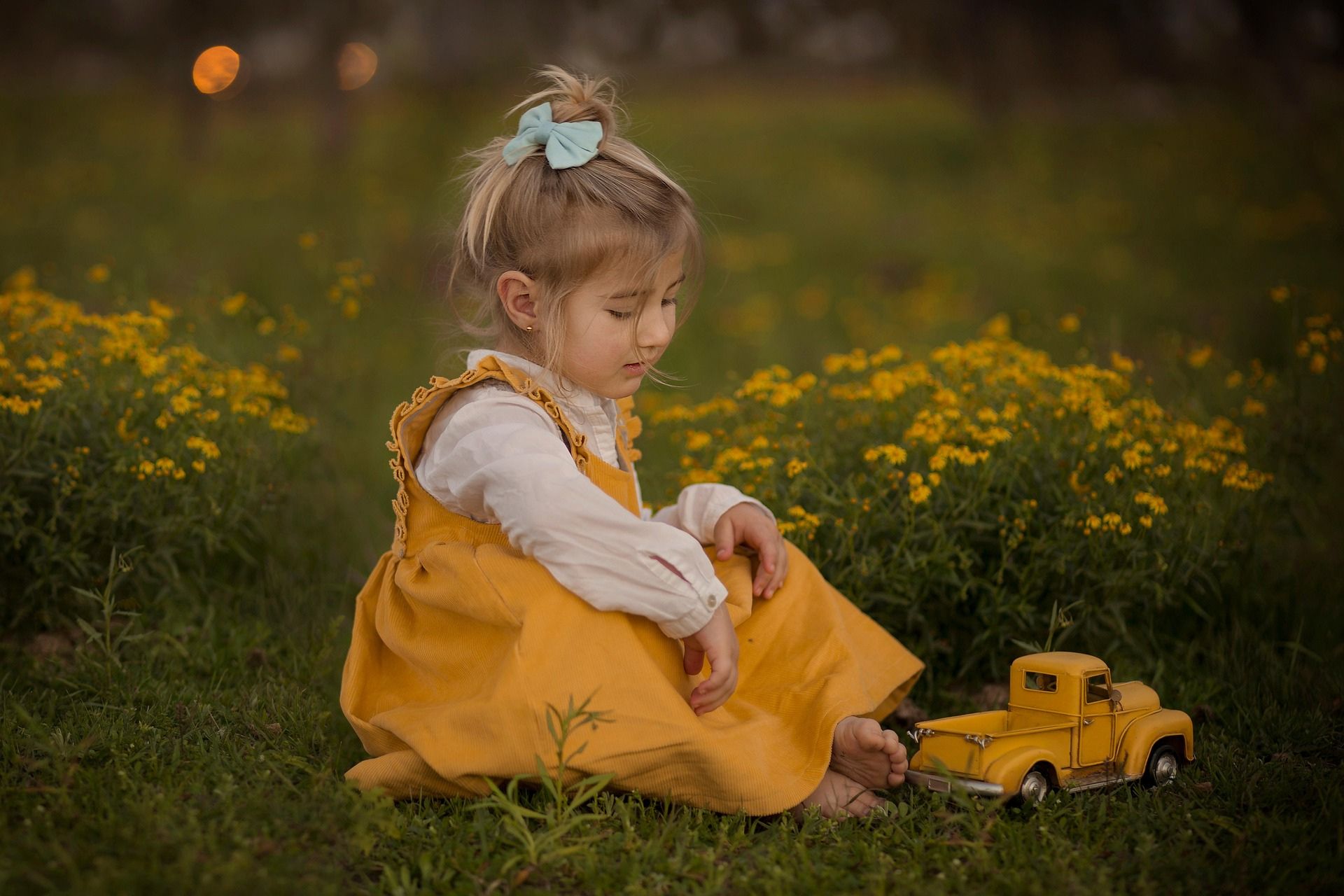
2. Stacking rings
Stacking rings help your baby understand the concept of size and order. Stacking the rings also promotes your child’s motor skills. Bright colors and varied textures increase the appeal of this toy.
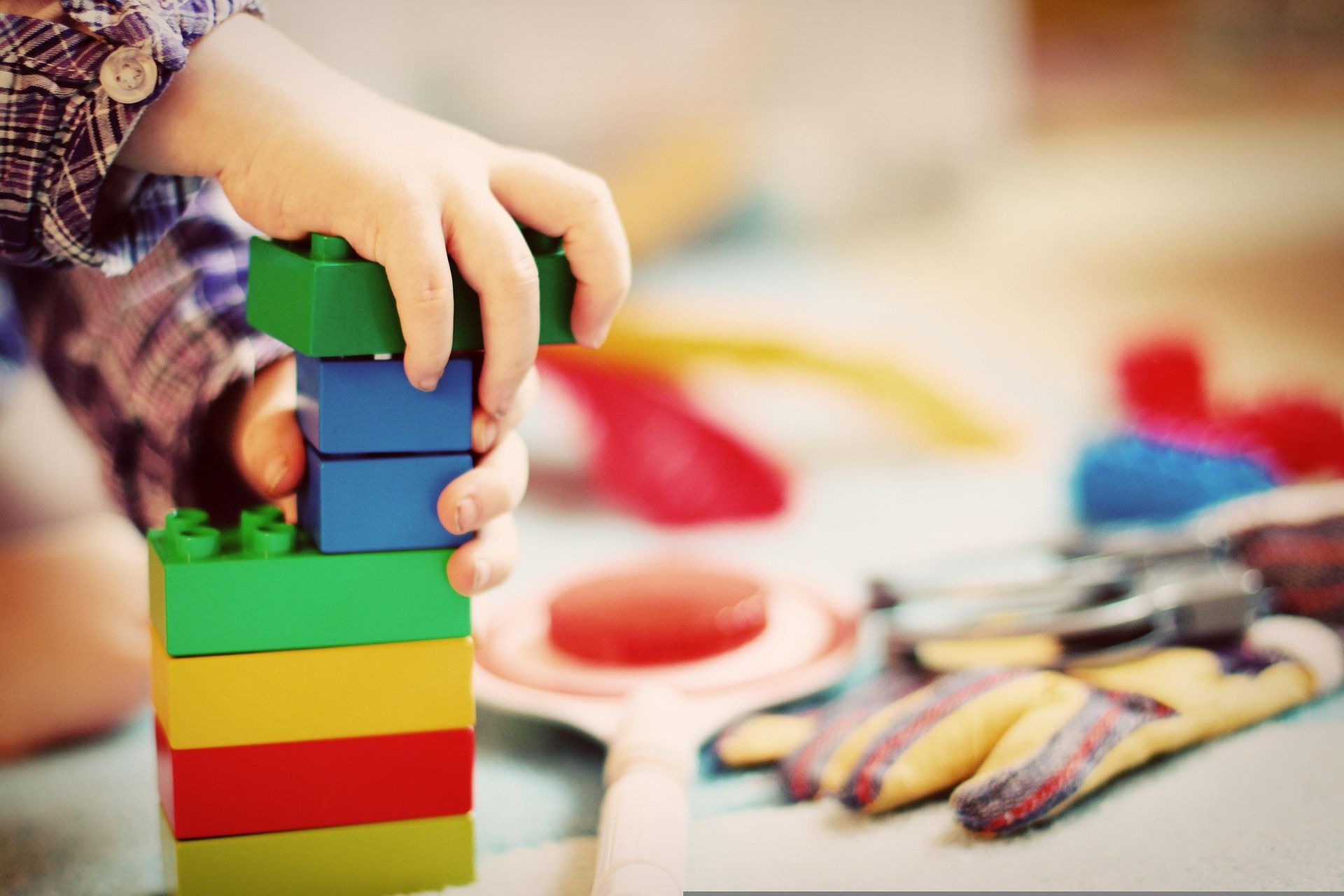
3. Musical instruments
Simple musical instruments like rattles or maracas support the development of a sense of rhythm and promote early musical education. Shaking and moving the instruments also promotes your baby’s motor skills.

4. Fabric books
Cloth books are perfect for your baby’s first attempts at reading. They promote language acquisition and visual perception. At the same time, cloth books are safe and indestructible—ideal for little explorers.

5. Bath toys
Bath toys are not only fun, but also promote fine motor skills and the understanding of cause and effect. Whether it splashes, floats, or sinks, your baby will learn basic physics principles through play.
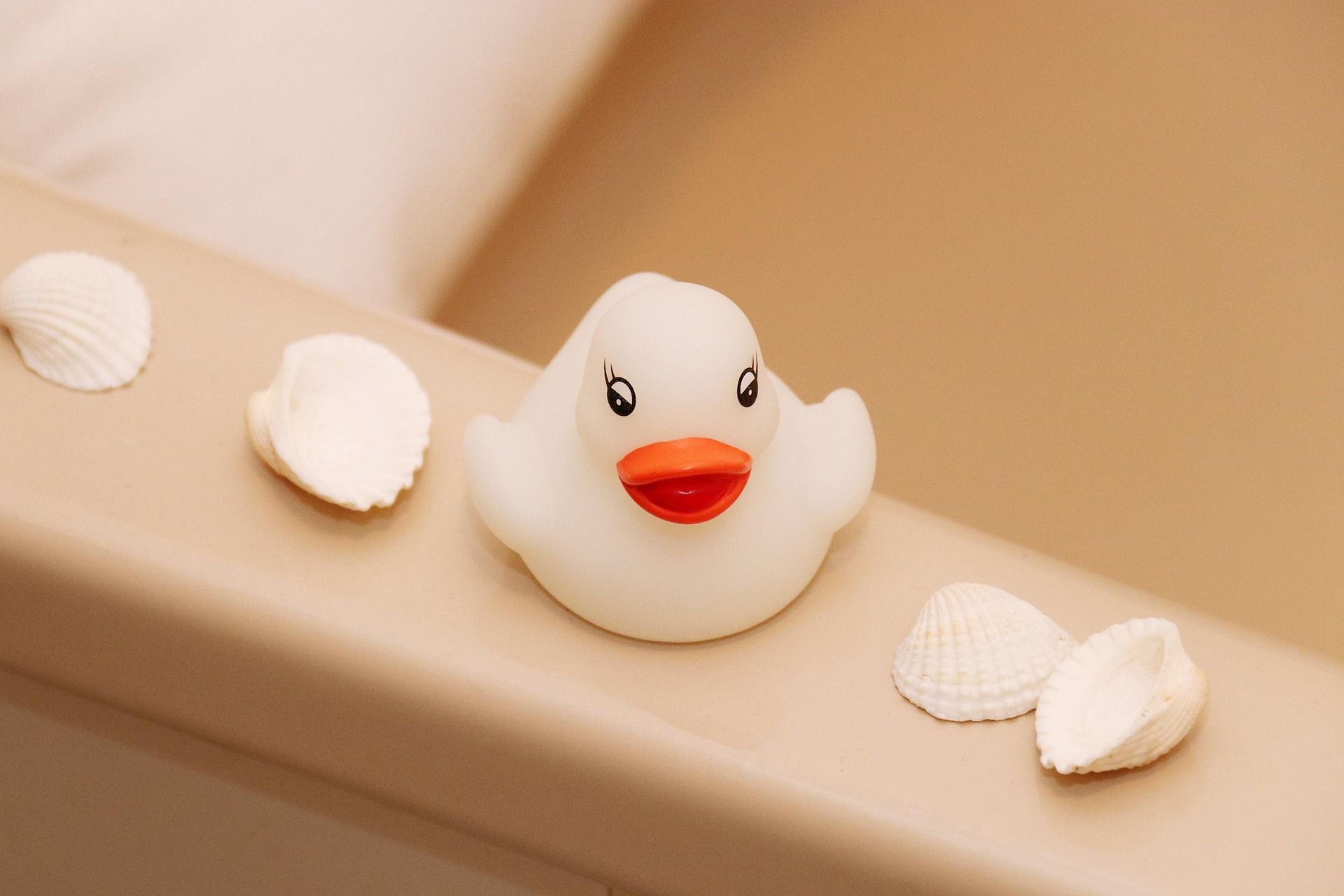
6. Building blocks
Building blocks encourage your child’s creativity and spatial awareness. Your baby learns to recognize and distinguish shapes and improves their motor skills through stacking and building.

7. Activity Center
An activity center offers a variety of activities that promote fine motor skills, hand-eye coordination, and sensory perception. Your baby is encouraged to play and explore independently.
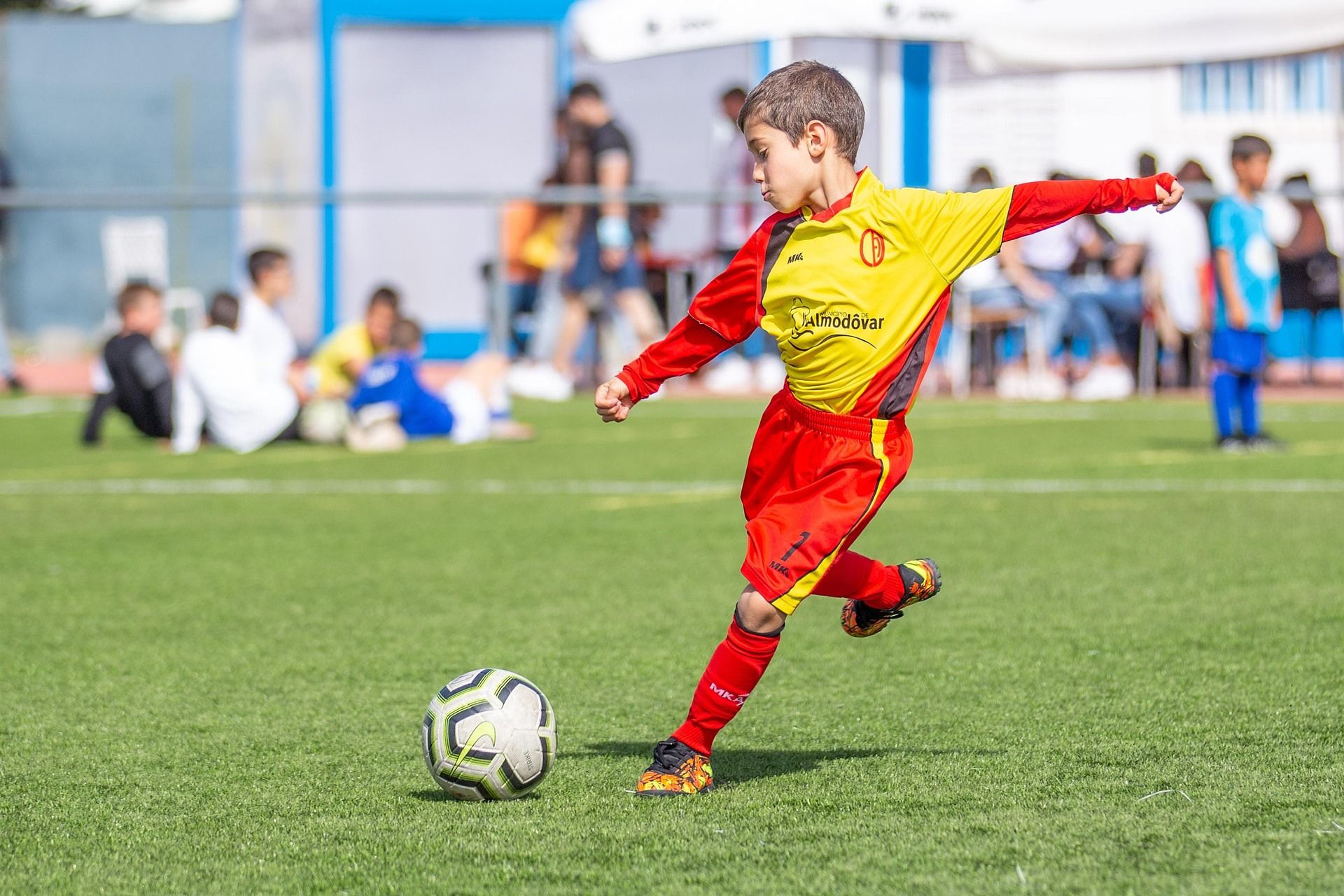
8. Touch books
Touch books combine reading with sensory perception. They contain a variety of materials that your baby can touch and explore, encouraging curiosity and fine motor skills.
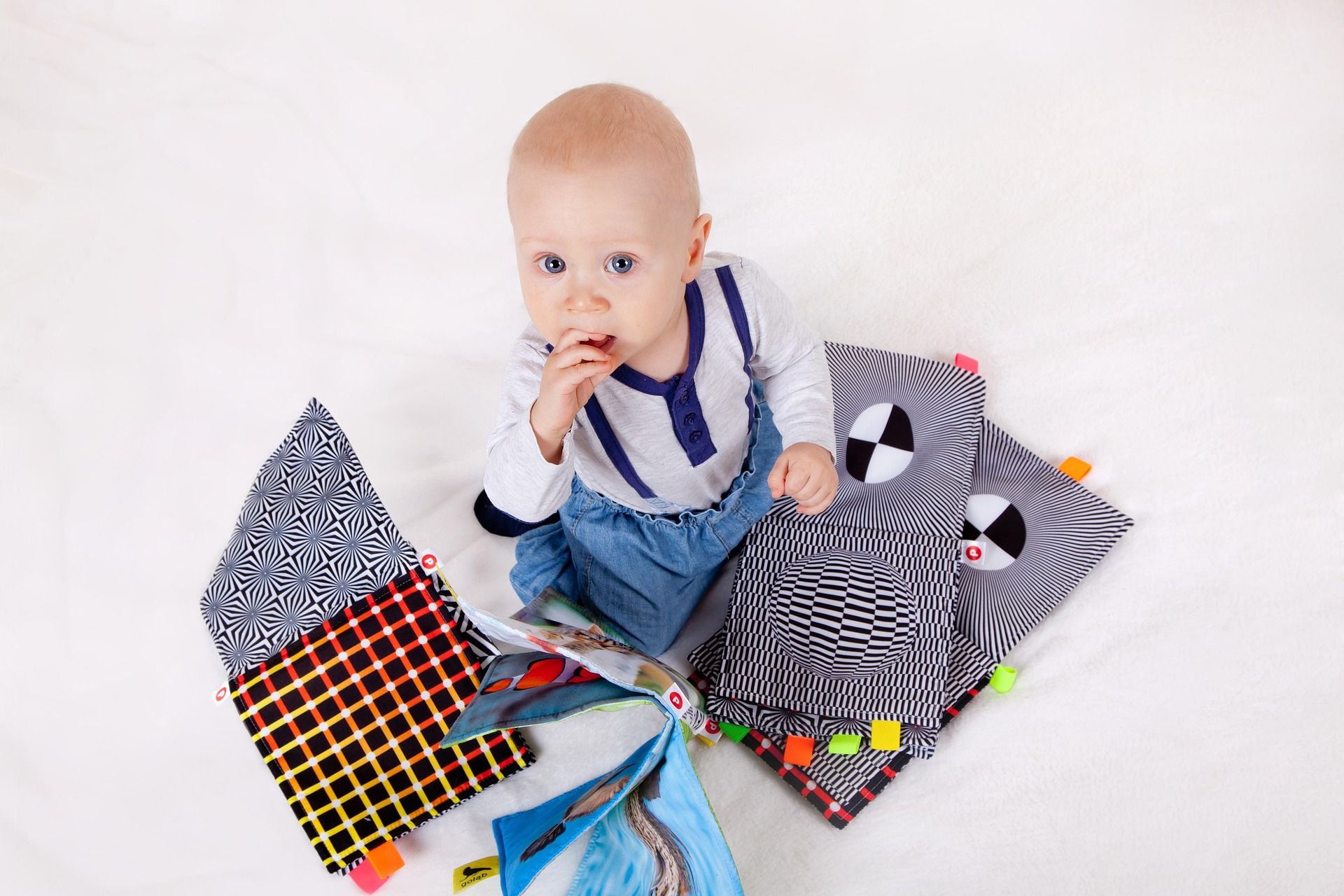
9. Pull-along animals
Pull-along toys promote gross motor skills and coordination, especially when your baby starts walking. They also encourage role play and support your child’s emotional development.
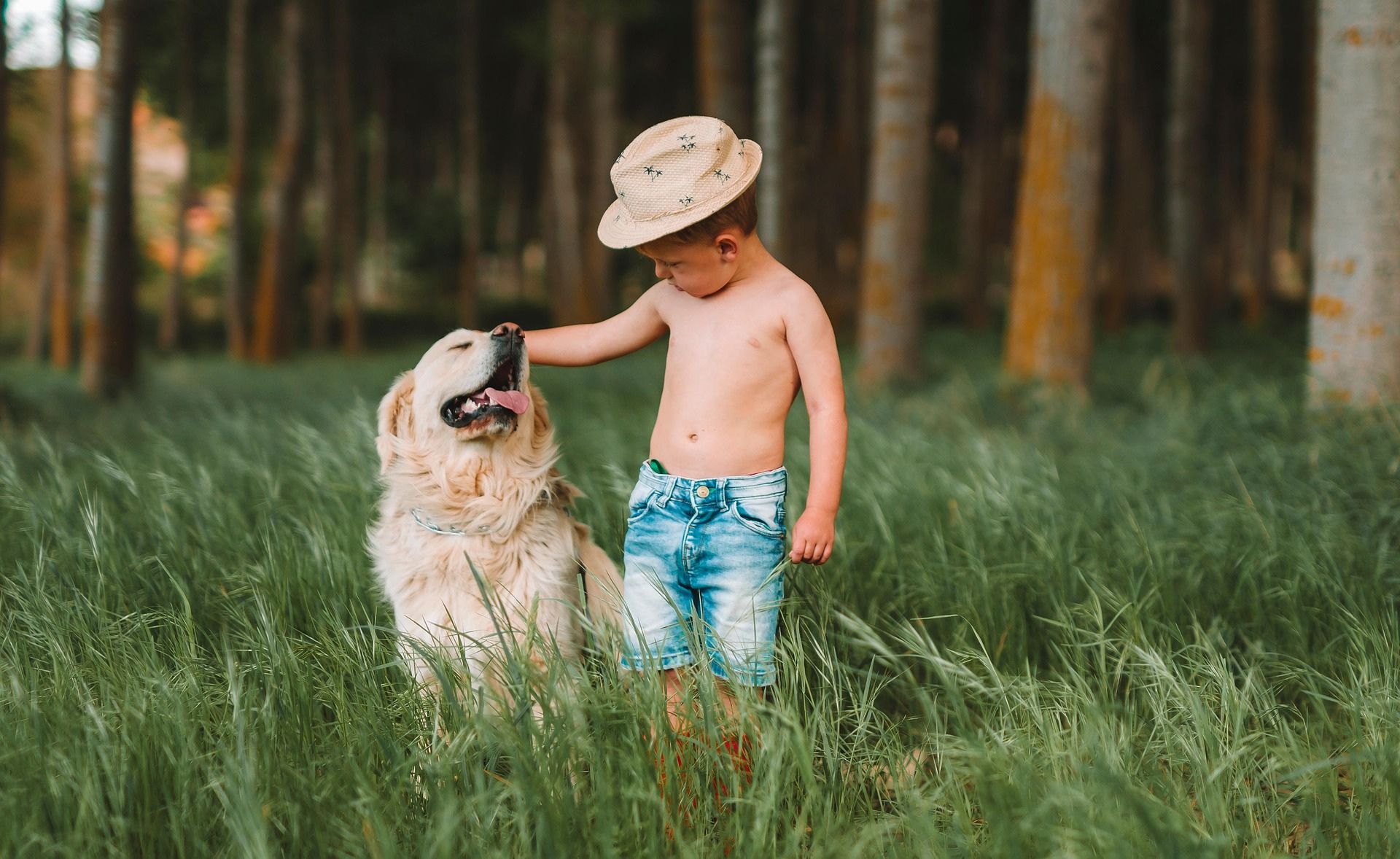
10. Puzzle
Simple wooden puzzles are excellent for developing fine motor skills and problem-solving skills. They promote an understanding of shapes and sizes and encourage your baby to be patient and not give up.
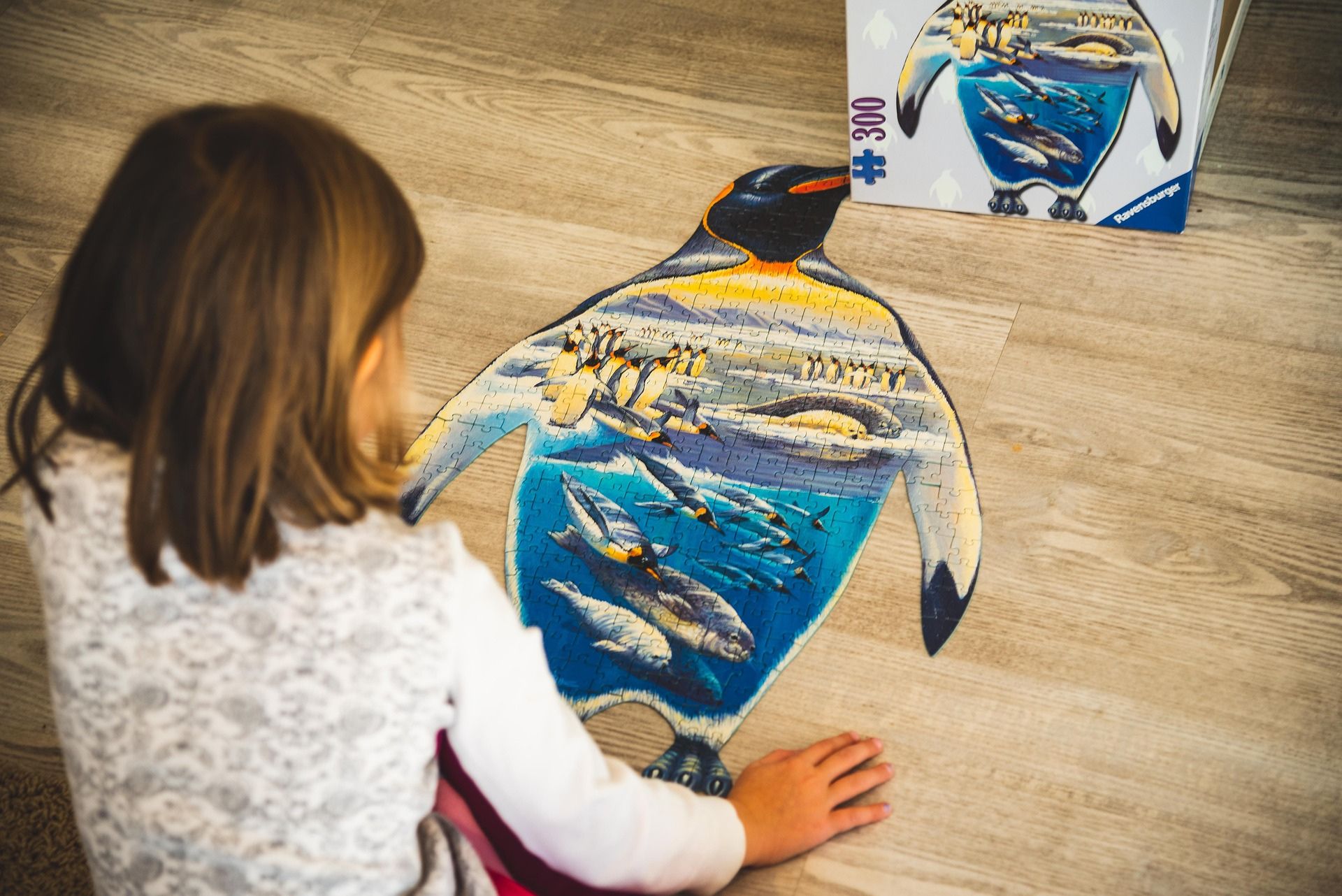
The role of parents in play
The role of parents in play is crucial, as they are their children’s first playmates. Playing together not only strengthens the parent-child bond but is also an important building block in child development.
Parents have the opportunity to observe and better understand their child through play. They can discover their child’s preferences and abilities and adapt the game accordingly. This way, they can specifically support their child’s development and promote their individual skills.
Parents can also teach their children important values and rules through play. For example, they can model fairness, patience, and tolerance through shared play. Dealing with failure and frustration can also be learned and practiced through play.
Ultimately, parents serve as role models and companions, they provide security and guidance and, through their active participation in play, promote the cognitive, social and emotional development of their child.
Safety tips when playing
Their baby’s safety is a top priority for parents, even when playing. Therefore, there are some safety tips parents should keep in mind when their baby is playing with toys.
First, the toy should be age-appropriate. Small parts can be dangerous for babies and toddlers, as they could swallow them. It’s therefore important to choose toys that are age-appropriate and don’t contain small parts that can easily break off.
Second, the toy shouldn’t have any sharp edges or points. Babies often move in an uncoordinated manner and could injure themselves on sharp parts.
Third, the toy should be made of non-toxic materials. Babies often put toys in their mouths, so it’s important that the materials are safe and non-toxic.
Fourth, you should check the toy regularly for damage. Broken or worn toys can cause injury, so you should replace them.
Ultimately, it’s important that your baby is always supervised while playing. Despite all safety measures, parental supervision is essential to minimize the risk of accidents.
We have put together a few tips to help you identify high-quality toys:
How toys can support your baby’s development
Choosing the right toy for your baby can be challenging, but it’s a rewarding task. Every toy, whether it’s a grasping toy, stacking rings, or a simple book, offers the opportunity to develop your baby’s skills and expand their world. Parents’ role in play is crucial. Last but not least, it’s important to always keep safety in mind.
With our tips, you are well equipped to support your baby in playing and exploring.


